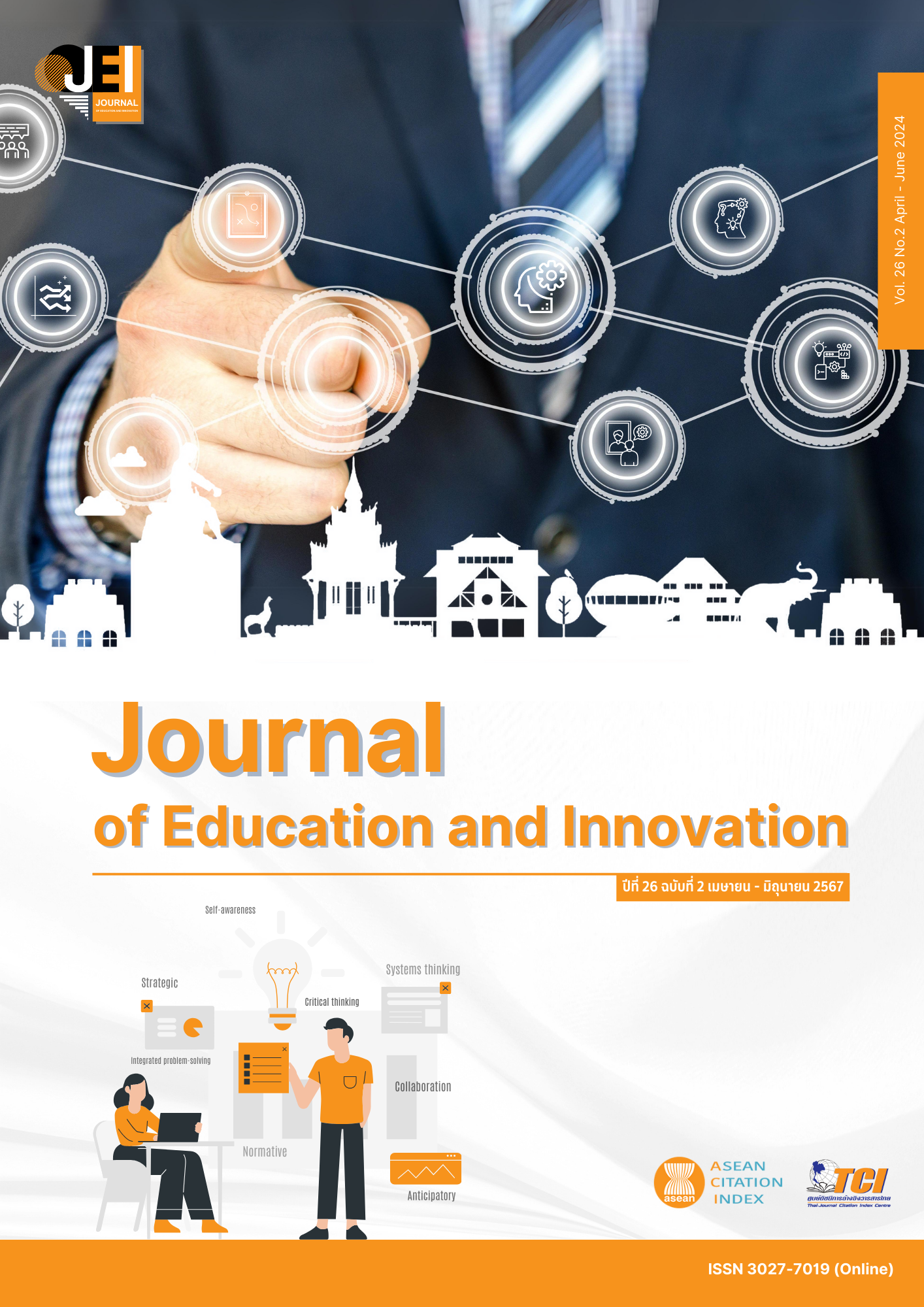THE RELATIONSHIP BETWEEN READING FLUENCY COMPONENTS AND COMPREHENSION SKILLS: A DESCRIPTIVE CORRELATIONAL STUDY
Main Article Content
Abstract
Reading fluency and comprehension are two fundamental components of reading development that play a crucial role in students' academic success. However, the nature of the relationship between these two skills remains unclear. This research therefore aimed to investigate the relationship between students' reading fluency and comprehension skills. The study employed a descriptive correlational research design and utilized three measures of reading fluency - accuracy, automaticity, and prosody - to assess the participants' reading fluency level. Pearson correlation analysis was used to determine the relationship between the fluency components and comprehension at a significance level of 0.05. The results revealed that while accuracy and prosody did not show a significant correlation with reading comprehension, automaticity exhibited a statistically significant relationship with reading comprehension. Students who demonstrated higher automaticity scores also exhibited higher reading comprehension scores. However, the directionality of this relationship remains unclear. Therefore, this study recommends further research to investigate effective strategies for improving reading automaticity and interventions for enhancing reading accuracy and prosody skills. The findings of this study could be used to develop effective interventions to enhance students' reading fluency and comprehension, ultimately leading to improved academic outcomes.
Article Details

This work is licensed under a Creative Commons Attribution-NonCommercial-NoDerivatives 4.0 International License.
The owner of the article does not copy or violate any of its copyright. If any copyright infringement occurs or prosecution, in any case, the Editorial Board is not involved in all the rights to the owner of the article to be performed.
References
Alda, R., & Bacus, R. (2022). Teachers’ storied accounts on ‘World Englishes’. The New English Teacher, 16(1), 59-79.
Allington, R. L. (2006). Fluency: Still waiting after all these years. In S. J. Samuels & A. E. Farstrup (Eds.), What research has to say about fluency instruction (pp. 94–105). International Reading Association.
Bigozzi, L., Tarchi, C., Vagnoli, L., Valente, E., & Pinto, G. (2017). Reading fluency as a predictor of school outcomes across grades 4–9. Frontiers in Psychology, 8, http://dx.doi.org/10.3389/fpsyg.2017.00200
Cain, K., & Oakhill, J. (2011). Matthew effects in young readers: Reading comprehension and reading experience aid vocabulary development. Journal of Learning Disabilities, 44(5). https://doi.org/10.1177/0022219411410042
Department of Education (DepEd) Memorandum Order No. 173, s. 2019. Hamon: Bawat Bata Bumasa (3Bs Initiative). https://www.deped.gov.ph/wp-content/uploads/2019/11/DM_s2019_173-1.pdf
Gamse, B., Jacob, R. T., Horst, M., Boulay, B., & Unlu, F. (2008). Reading first impact study: Final report. Retrieved from https://files.eric.ed.gov/fulltext/ED503344.pdf
Hasbrouck, J., & Tindal, G. (1992). Curriculum-based oral reading fluency norms for students in grades 2 through 5. Teaching Exceptional Children, 24(3). https://doi.org/10.1177/004005999202400310
Kim, Y. S. G., Quinn, J. M., & Petscher, Y. (2021). What is text reading fluency and is it a predictor or an outcome of reading comprehension? A longitudinal investigation. Developmental Psychology, 57(5), 718–732. https://doi.org/10.1037/dev0001167
Kuhn, M., & Stahl, S. (2003). Fluency: A review of developmental and remedial practices. Journal of Educational Psychology, 95, 3-21, http://dx.doi.org/10.1037/0022-0663.95.1.3
Kuhn, M. R., Schwanenflugel, P. J., Meisinger, E. B., Levy, B. A., & Rasinski, T. V. (2010). Aligning theory and assessment of reading fluency: Automaticity, prosody, and definitions of fluency. Reading Research Quarterly, 45(2), 230–251. https://doi.org/10.1598/RRQ.45.2.4
LaBerge, D., & Samuels, S. J. (1974). Toward a theory of automatic information processing in reading. Cognitive Psychology, 6(2), 293–323. https://doi.org/10.1016/0010-0285(74)90015-2
Leipzig, D. H. (2001). What is reading? WETA. Retrieved from https://www.readingrockets.org/article/what-reading
Department of Education. (2020). Philippine Informal Reading Inventory: Assessment manual. Retrieved from https://www.deped.gov.ph/wp-content/uploads/2020/10/Phil-IRI-Assessment-Manual-2020.pdf
National Reading Panel. (2000). Teaching children to read: An evidence-based assessment of the scientific research literature on reading and its implications for reading instruction. Retrieved from https://www.nichd.nih.gov/sites/default/files/publications/pubs/nrp/Documents/report.pdf
Pikulski, J. J. (1990). The role of tests in a literacy assessment program. Reading Teacher, 43(9), 686-688. https://doi.org/10.1598/RT.43.9.5
Pikulski, J., & Chard, D. (2005). Fluency: Bridge between decoding and reading comprehension. The Reading Teacher 58(6), 510-519. http://dx.doi.org/10.1598/RT.58.6.2
Rasinski, T. V., & Padak, N. D. (2008). Evidence-based instruction in reading: A professional development guide to comprehension. Boston: Pearson Education.
Rasinski, T., Paige, D., & Nageldinger, J. (2015). Reading fluency: Neglected, misunderstood, but still critical for proficient reading. In P. Pearson, & E. H. Hiebert, Research-Based Practices for Teaching Common Core Literacy (pp. 143-156). Columbia University: Teachers College Press.
Schatschneider, C., Fletcher, J., Francis, D., Carlson, C., & Foorman, B., (2004). Kindergarten prediction of reading skills: A longitudinal comparative analysis. Journal of Educational Psychology, 96(2), 265-282. http://dx.doi.org/10.1037/0022-0663.96.2.265
Schleicher, A. (2019). Programme for International Student Assessment (PISA) 2018: Insights and interpretations. The Organization for Economic Cooperation and Development.
Stanley, D. L. (1993). Curriculum-based measurement. In Curriculum-Based Measurement (pp. 2-4). University of Nebraska: Buros-Nebraska Series on Measurement and Testing.
Zutell, J., & Rasinski, T. V. (1991). Training teachers to attend to their students’ oral reading fluency. Theory Into Practice, 30, 211-217. https://doi.org/10.1080/004058491095435


